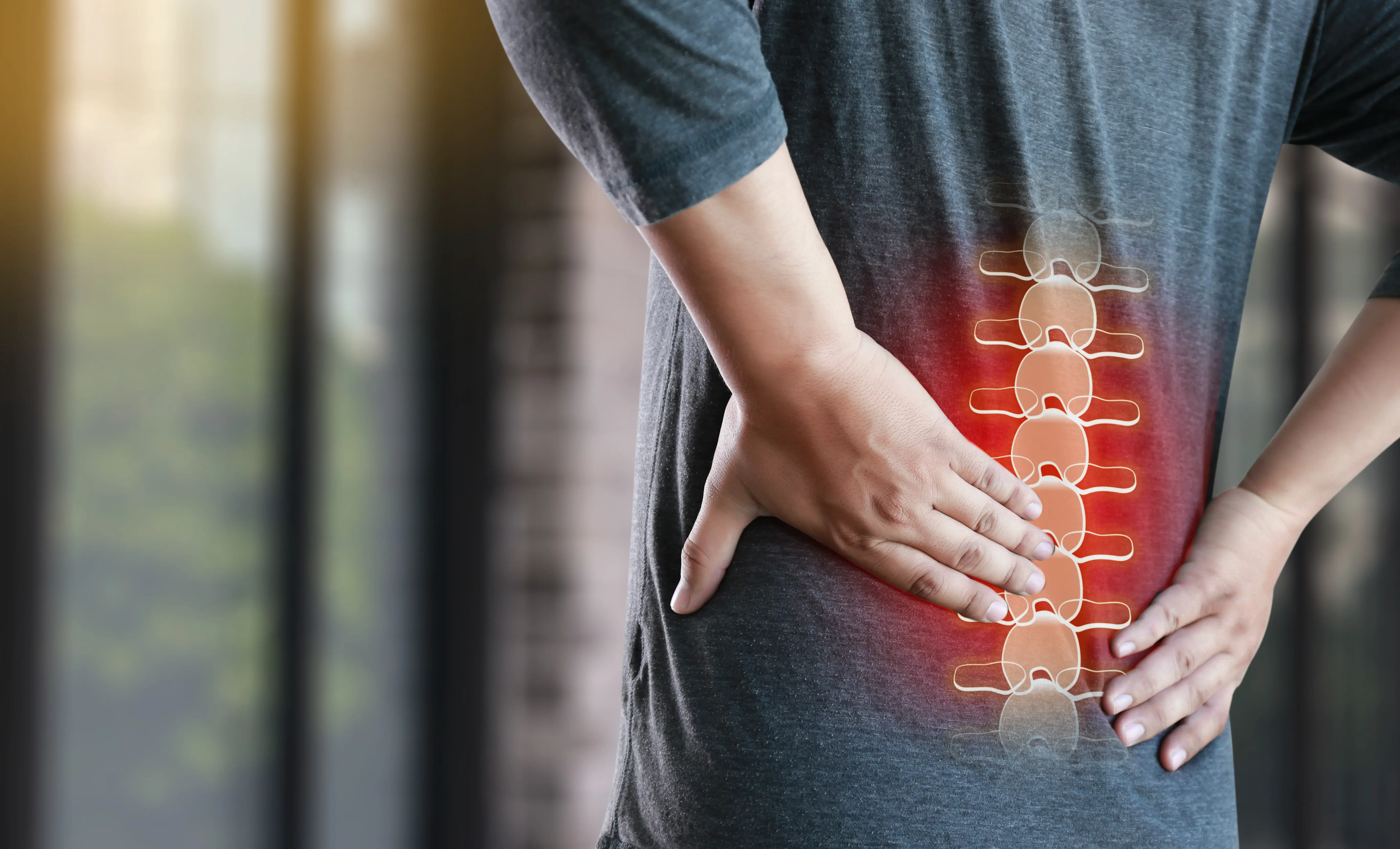How Sitting Like Our Ancestors Could Reduce Chronic Aches And Pains
Tags: News

By Mandy Froelich / Truth Theory
Do you suffer from tennis elbow, Achilles tendinitis, osteoarthritis, and other chronic connective tissue injuries? If so, you may be experiencing the repercussions of living an unhealthy modern lifestyle. Low-quality foods and high-stress levels increase your chances of suffering from chronic illness, so does sitting for 4+ hours each day in a chair. It is primarily for the last reason Mark Sisson of Mark’s Daily Apple and Matt Wallden, the Global Head of Education for the Chek Institute, suggest we re-acquaint ourselves with archetypal sitting positions.
According to health enthusiasts, there is a notable correlation between sitting long periods in a chair and chronic connective tissue injuries. Because Sisson and Wallden are invested in understanding peak human health, they collaborated on a pair of papers that were published in the April edition of Journal of Bodywork and Movement Therapies.
The premise of “Archetypal resting positions” (several positions depicted in the article) and the crisis (and solution) of “Modern disintegration and primal connectivity” is that humans are suffering from chronic inflammation due to a series of factors: low-nutrient diets devoid of minerals and vitamins, refined seeds and oils, and sitting for long periods in unnatural positions.
A recent study suggests that the majority of people suffering from Achilles tendon injuries couldn’t attribute their condition to working out or playing sports. In other words, the conditions simply developed. Sisson and Wallden posit that sitting in chairs without regularly stretching is primarily responsible for reduced health and tissue quality.
To overcome these symptoms, the authors recommend utilizing the same archetypal resting positions that our ancestors relied on for hundreds of thousands of years. “Sitting in chairs isn’t ideal, but far worse is our neglect of the dozen or so permutations of ancestral floor positions,” wrote Sisson.
The archetypal floor positions follow:
- The full squat, with heels down.
- The high kneel.
- The low kneel.
- The side sit.
- The long sit.
- The cross-legged sit.
- In each of these positions, some tissues are lengthened (stretched) while others are compressed.
- The squat stretches the back, glutes, quads, and calves.
- The high kneel stretches the quads, Achilles’ tendon, and foot fascia.
- The low kneel stretches the feet and quads.
- The long sit stretches the hamstrings and wrist flexors.
- The cross-legged sit stretches the hip adductors and rotators.
- The side sit stretches the external and internal rotators of the hip.
Sisson and Wallden recommend alternating between all the positions. Each limb will receive the stretch/compression treatment that has been shown to improve tissue healing and maintain tissue viability and function.
Furthermore, many of these positions restrict blood flow to specific areas of the body. This has actually been proven to enhance connective tissue healing. By restricting blood flow and then restoring it, the tissue gets a “rebound” effect.
Over 5000 people have downloaded our free ebook “Growth Hacking Tips And Rituals For Optimal Living” CLICK HERE to get your free copy now
Sitting in archetypal positions may even improve glucose tolerance. “We cite research showing that a gentle passive stretching program (10 different stretching positions, 4 30-second ‘reps’ each for a total of 20 minutes) lowers blood sugar in diabetics,” wrote Sisson. Though this finding is optimistic, additional research is needed.
Turning Theory Into Practice
Most people have trouble adhering to a regular stretching regimen. Sisson cites this as an additional reason why archetypal positions are helpful.
The positions are easy to relax into while listening to a podcast, watching television, or reading a book. What are some other ways they could be implemented in your day-to-day life? Please comment your thoughts below and share this news!
References:
De jonge S, Van den berg C, De vos RJ, et al. Incidence of midportion Achilles tendinopathy in the general population. Br J Sports Med. 2011;45(13):1026-8.
Wallden M, Sisson M. Modern disintegration and primal connectivity. J Bodyw Mov Ther. 2019;23(2):359-365.
Wallden M, Sisson M. Biomechanical attractors – A paleolithic prescription for tendinopathy & glycemic control. J Bodyw Mov Ther. 2019;23(2):366-371.
Taheri N, Mohammadi HK, Ardakani GJ, Heshmatipour M. The effects of passive stretching on the blood glucose levels of patients with type 2 diabetes. J Bodyw Mov Ther. 2019;23(2):394-398.
Leave Comment: